Changing Your Bird's Diet
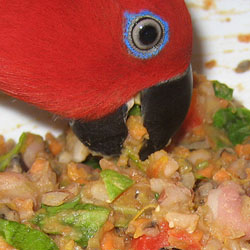 You want me to eat WHAT?
You want me to eat WHAT?
Changing your bird from an all seed diet can be challenging and require a lot of patience but, ultimately, it is worth the effort. Birds are creatures of habit and can be suspicious of new foods. Unfortunately, change doesn't occur overnight for most birds. Your bird may totally ignore pellets and new fruits or veggies for several days because he doesn't recognize them as food.
Before attempting to convert your bird's diet, it is wise to consult with your avian vet to make sure your bird is healthy as well as to establish a baseline weight.
There have been various methods of conversion reported to be successful. A few of the basic concepts are:
- Take it slow. Start by offering the pellets in a separate dish. Maybe your bird will make the adjustment right away and dive right into the pellets. If not, mix the new formulated food with the seed mix and over a period of weeks gradually increase the ratio of pellets to seeds.
- Make a mixture of various formulated diets and observe which ones your bird prefers. Try different shapes, colors, sizes and textures of pellets.
- If your bird usually enjoys eating what you eat then pretend to eat the pellets to see if this stimulates his interest.
- Pretend to feed the new item to another human as a treat in front of your bird.
- Try feeding your bird the new items in a location outside of their cage such as at meal time with the family or on a playpen. Sometimes feeding in a new location will open them up to exploring new food items.
- Place pellets in foraging devices or offer them as treats during training sessions. Your parrot may get so caught up in the fun they might just decide to give them a try.
Things to watch out for....
When changing your bird's diet it is imperative to look for signs that your parrot is eating and not starving. Sometimes birds can fool you by just pulverizing the pellets rather than actually eating them.
- Monitor your bird's weight either with a scale or by carefully feeling around his keel bone on his chest to ensure he is maintaining a healthy weight.
- Monitor his food intake and make sure he is eating rather than just tossing and crushing the pellets.
- Physical cues that your bird may not be eating can include: inactivity, puffed feathers and loose or insufficient droppings.
If you suspect your bird has stopped eating consult with your avian vet for advice.
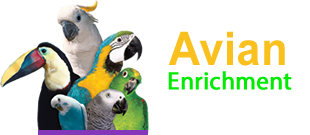


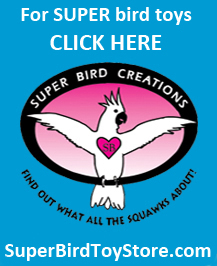

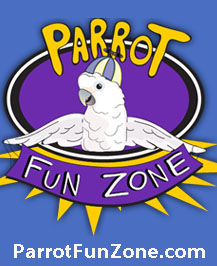
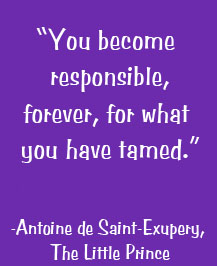
Comments powered by CComment